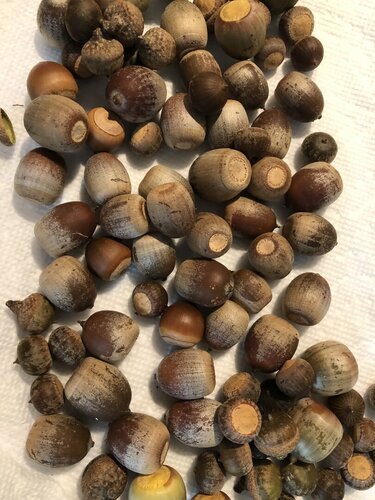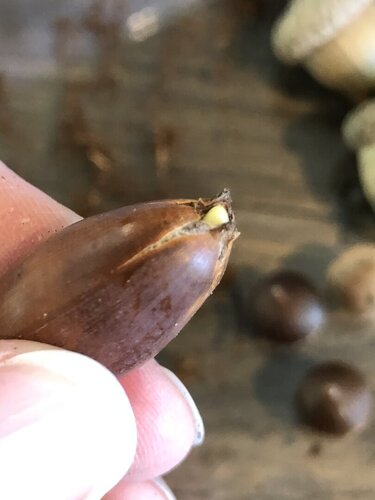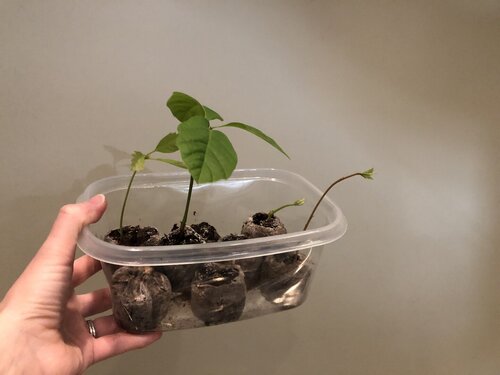snitz427
Chameleon Enthusiast
I’m experimenting a bit with winter food for my bugs. The sticks, grasshoppers, and katydids all munch on oak leaves as their primary food in my care. Leaves are starting to fall off the trees, so it is time to gather my winter stash.
I plan to harvest some white oak leaves and freeze them. Ive had mixed results with this in the past... but its a reliable source of food when there are no alternatives.
Im also collecting and planting acorns, with the hope of growing a small oak garden. Oak sapplings could then be moved into the but containers to provide winter food, which would last longer than cut leave. So here goes...
I gathered a few different types of oak acorns. If a tree has acorns - its an oak! Some Oaks can also be easily identified by their leaves... especially white oak, which has round lobes around the leaf.


I think I found acorns from 2 white oaks, a red oak, a willow oak, and a bur oak.

You need to check the acorns for holes or cracks - as a beetle lays its larva in acorns. The larva eat the acorn and then emerge to pupate.


Visual inspection isnt enough, though. To test for bad acorns, drop them in water. If they float, then the acorn is rotten or has an insect in it. If it sinks, its good!

Next plant them in moist soil, a few inches deep, and then cover.

I placed mine in my plant room, but a sunny window will work, too. Spray them to keep the soil moist, and hopefully in a months time I’ll have sapplings with a few leaves.
I laid the rest of the good acorns out to dry over the weekend, then I’ll pack them away... planting a dozen every week or so to keep a supply all winter. I think i will use the Jiffy seedling starters instead of soil, as they turn into convenient little pots when expanded. I’ll report back in a few weeks - hope this works!


I plan to harvest some white oak leaves and freeze them. Ive had mixed results with this in the past... but its a reliable source of food when there are no alternatives.
Im also collecting and planting acorns, with the hope of growing a small oak garden. Oak sapplings could then be moved into the but containers to provide winter food, which would last longer than cut leave. So here goes...
I gathered a few different types of oak acorns. If a tree has acorns - its an oak! Some Oaks can also be easily identified by their leaves... especially white oak, which has round lobes around the leaf.
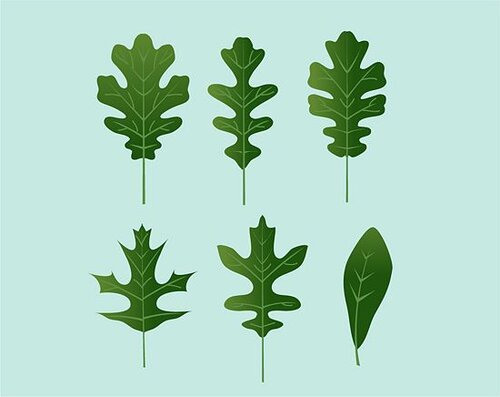
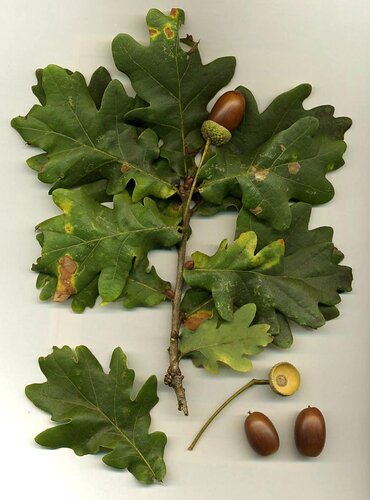
I think I found acorns from 2 white oaks, a red oak, a willow oak, and a bur oak.
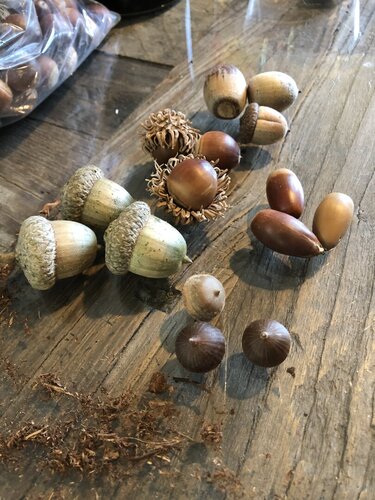
You need to check the acorns for holes or cracks - as a beetle lays its larva in acorns. The larva eat the acorn and then emerge to pupate.
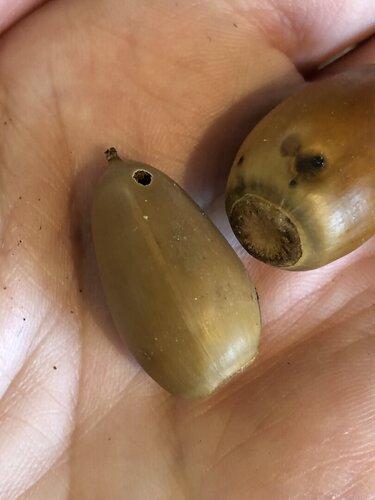
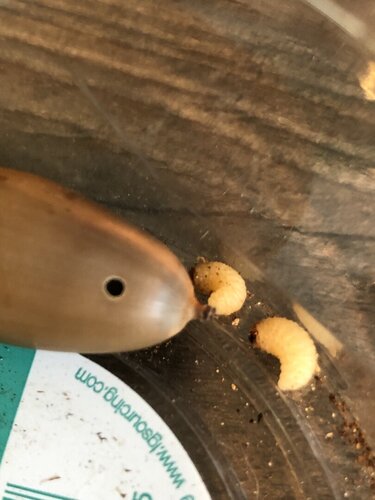
Visual inspection isnt enough, though. To test for bad acorns, drop them in water. If they float, then the acorn is rotten or has an insect in it. If it sinks, its good!
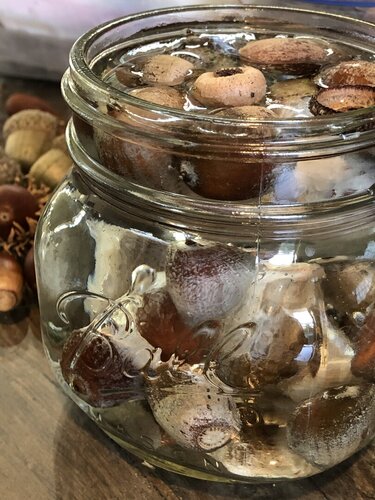
Next plant them in moist soil, a few inches deep, and then cover.
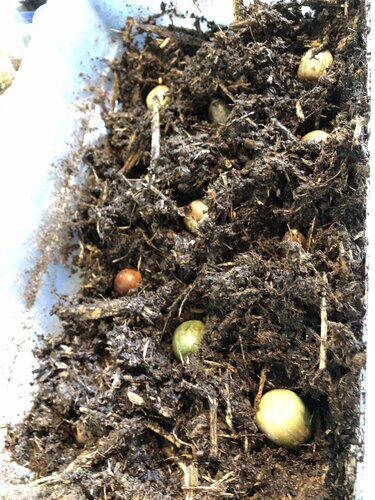
I placed mine in my plant room, but a sunny window will work, too. Spray them to keep the soil moist, and hopefully in a months time I’ll have sapplings with a few leaves.
I laid the rest of the good acorns out to dry over the weekend, then I’ll pack them away... planting a dozen every week or so to keep a supply all winter. I think i will use the Jiffy seedling starters instead of soil, as they turn into convenient little pots when expanded. I’ll report back in a few weeks - hope this works!
